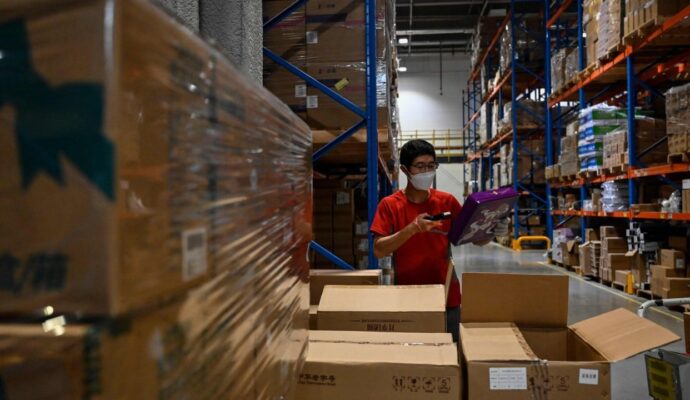Screening with PIMS could result in more than 100,000 new births in China per year, and reduce by 10,000 the number of birth defects, saving tens of billions of yuan in clinical costs every year, according to the report.
China is facing a demographic crisis after the population shrank for the first time in six decades last year. The country’s birth rate declined for a sixth consecutive year to the lowest on record, at 6.77 births per 1,000 people.
The government has in recent years relaxed its family planning policy – couples can now have up to three children – and introduced incentives to encourage people to have more kids, including better maternity leave and pay, and financial aid for new parents to buy homes.
Assisted reproductive technology is an effective treatment for infertility issues that is making an increasing contribution to the total birth rate. IVF is the most popular and effective method, accounting for 99 per cent of all assisted reproductive technology procedures worldwide, according to the Society for Assisted Reproductive Technology in the US.
But the current live birth rate of assisted reproductive technology globally is under 30 per cent. According to the Chinese study, that rate could reach 50 per cent if a test called preimplantation genetic screening (PGS) is done on embryos before they are transferred to the uterus.
One of the most common reasons an embryo transfer does not result in a pregnancy is abnormal embryo genetics, and the test can ensure the embryo selected for transfer has the correct number of chromosomes, according to Johns Hopkins Medicine.



